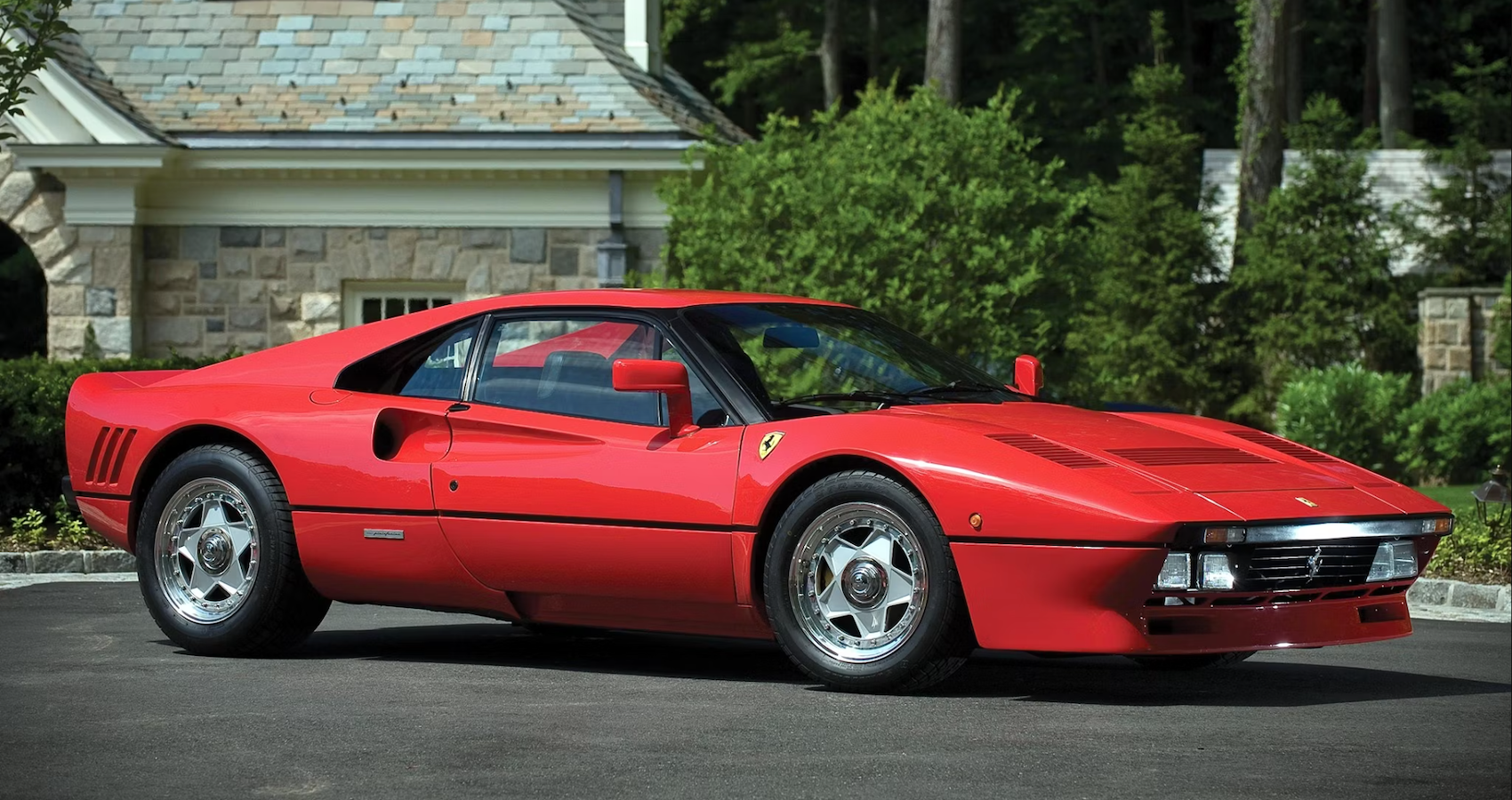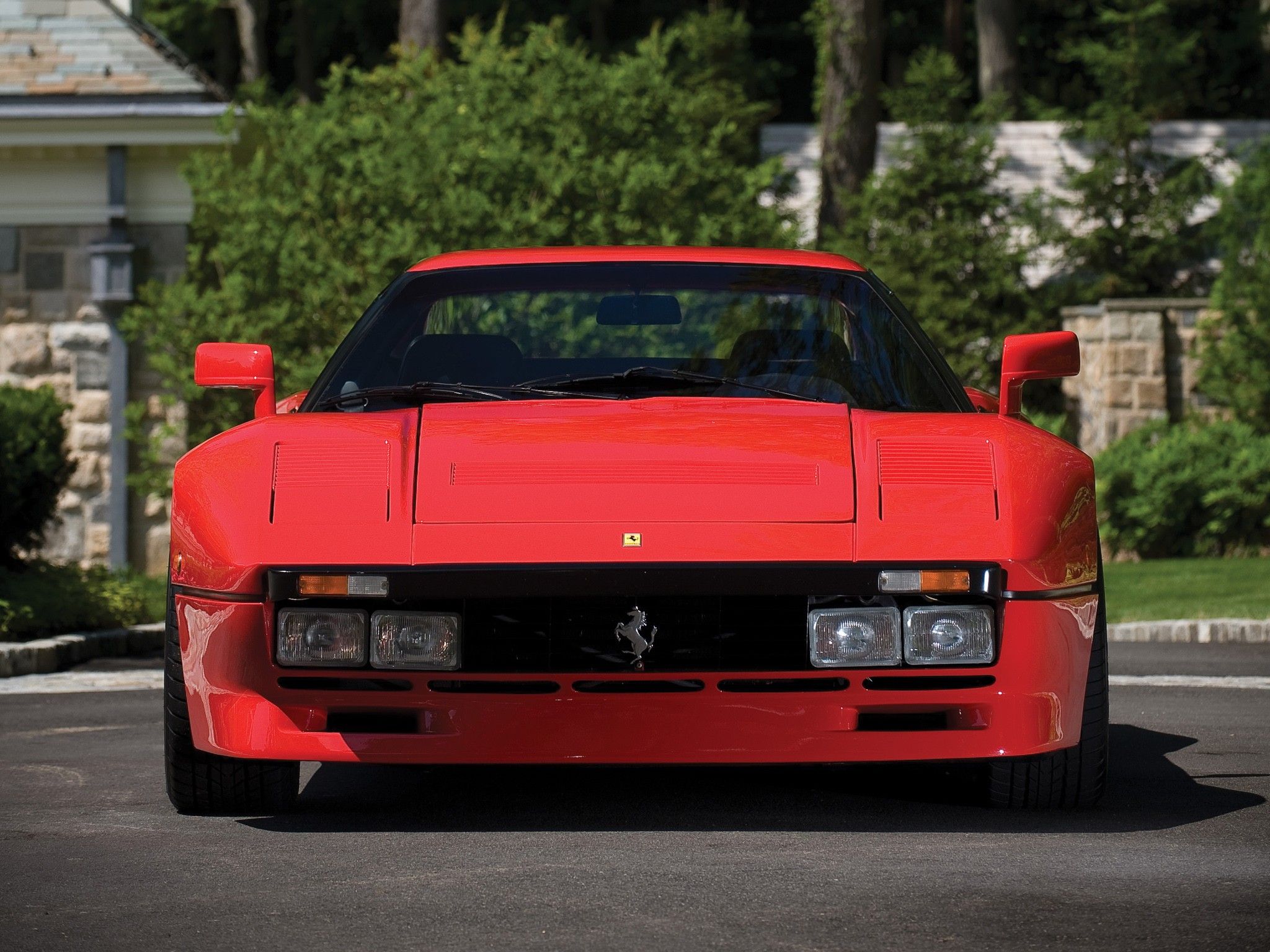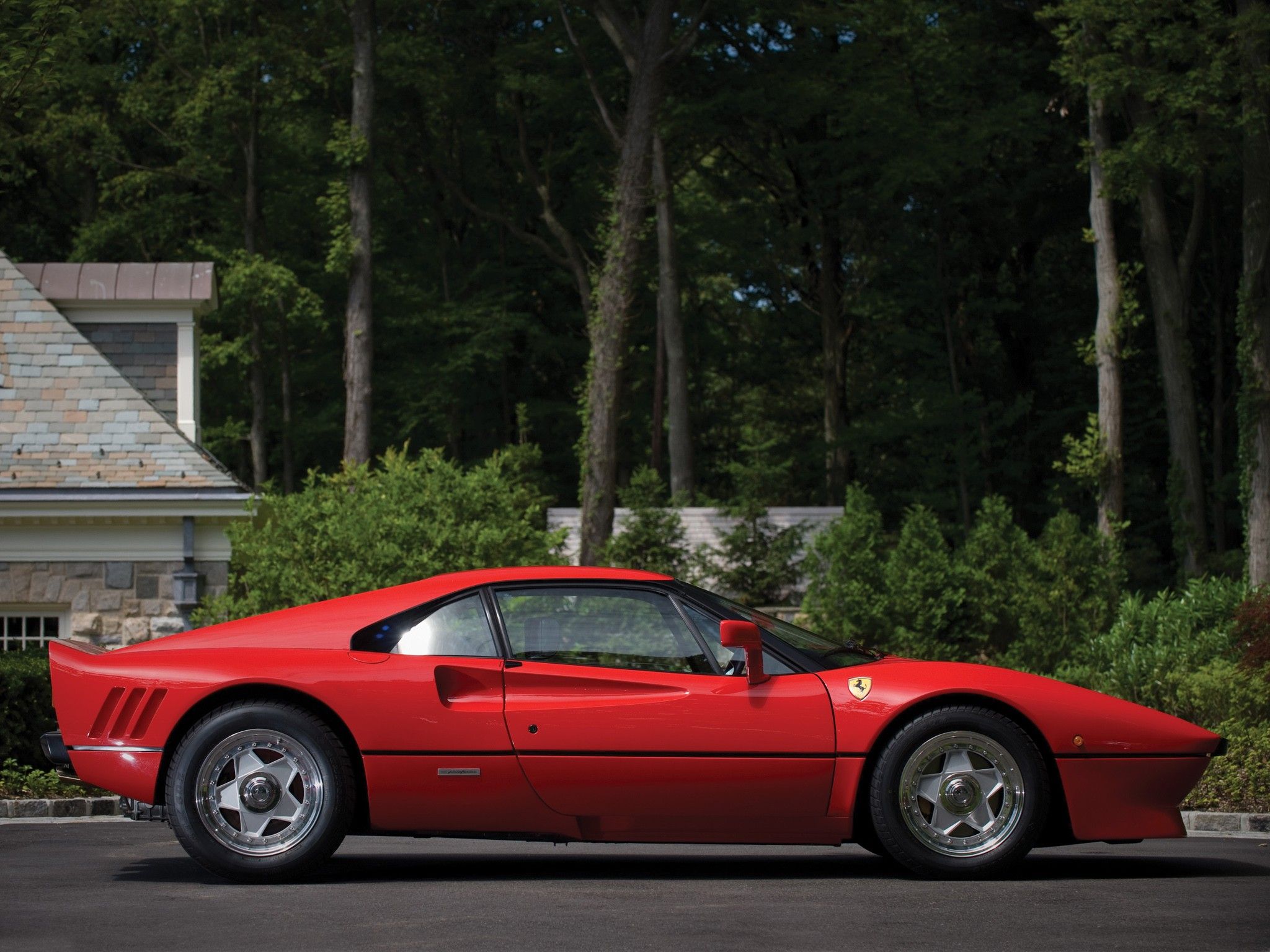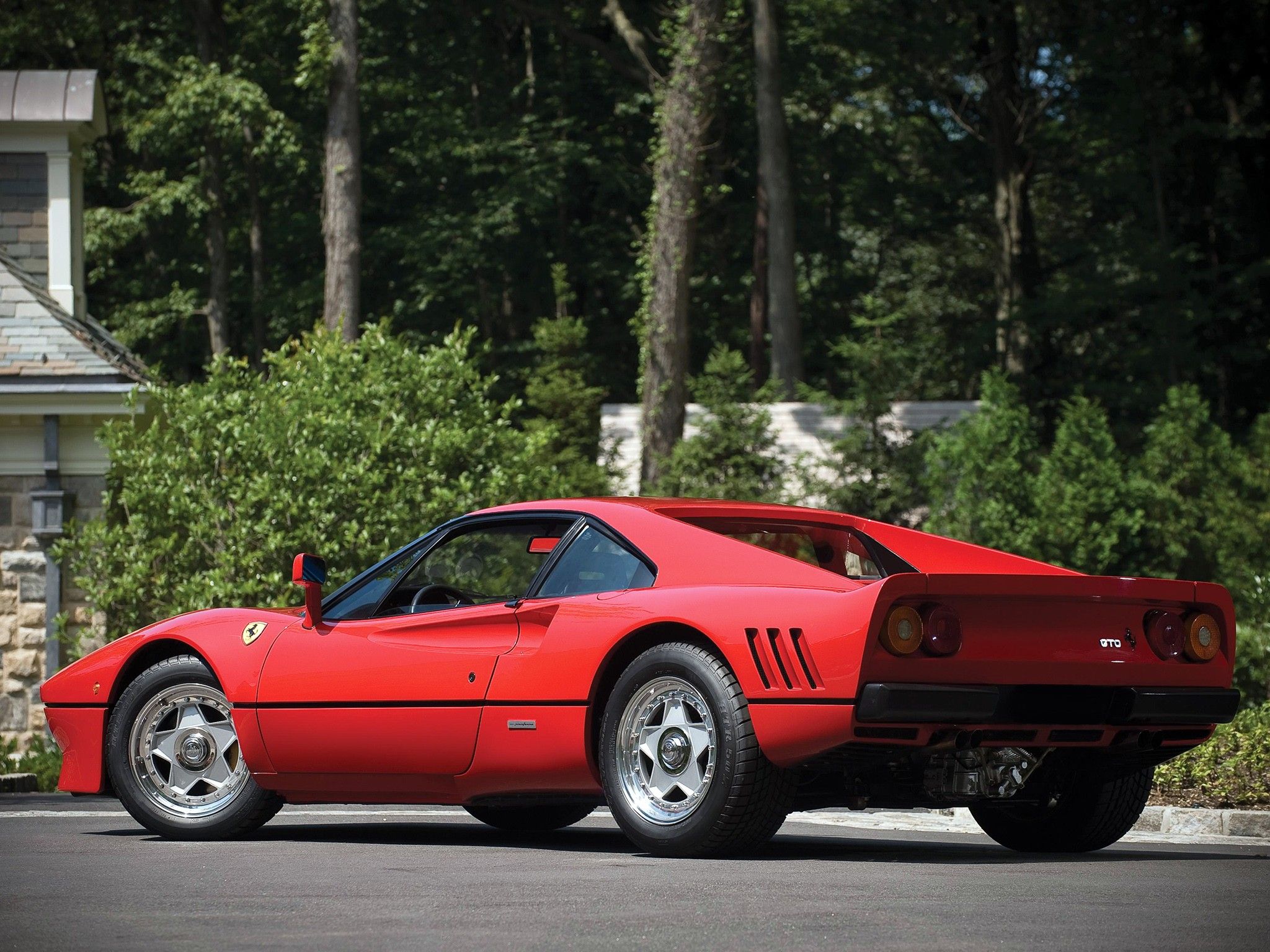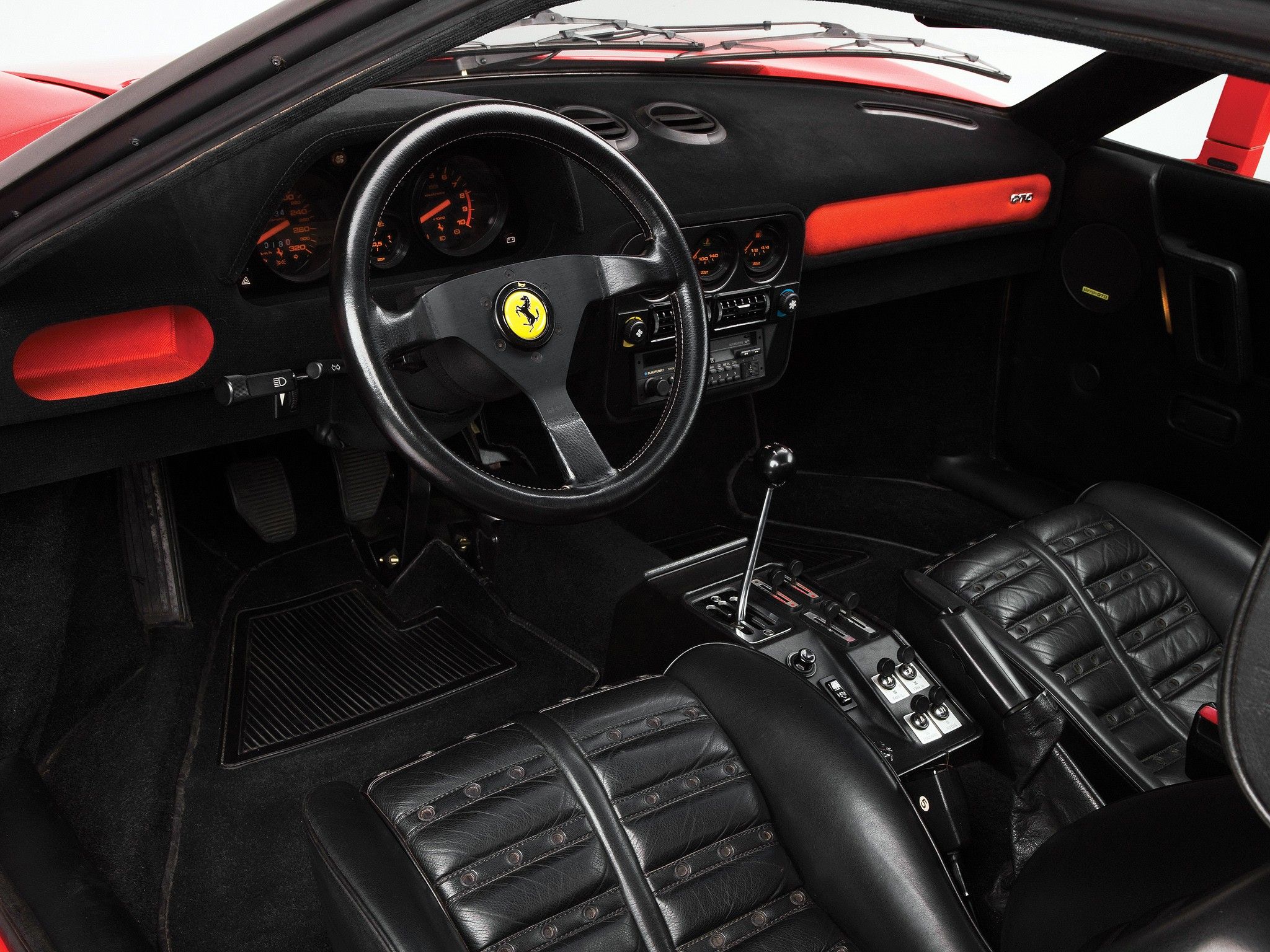The 288 GTO will always be remembered as the model that laid the groundwork for subsequent Ferrari models such as the F40, the F50, the Enzo, and the LaFerrari; hence, it will always remain the first in the line of Ferrari's supercars. Most people are familiar with the abbreviation GTO, which stands for "Gran Turismo Omologato" in Italian. Let's look back at the Ferrari 288 GTO to understand what made it so spectacular.
Porsche and Ferrari both had ambitious aspirations to rule Group B with their 959 and GTO in the early 1980s. The rules required the construction of 200 automobiles, followed by the annual production of 20 additional Evolution models. The 288 GTO Evoluzione was born because of this need.
The 288 GTO was initially intended to facilitate Ferrari's return to Group B rallying. However, the FIA halted Group B after the deaths of Henri Toivonen and Sergio Cresto at the Tour de Corse. Ferrari originally planned to rebuild the 308 GTB, but FIA restrictions stopped this, therefore Ferrari created an entirely new vehicle. As a result, the 308 GTB's external resemblance to this new model is not accidental.
In 1984, Ferrari 288 GTO Was The Company's Most Powerful And Fastest Road Vehicle
Enzo Ferrari had to design a cutting-edge vehicle that signaled the return of Ferrari to its origins. The carmaker decided to launch a new GTO, a car that was inspired by the glory days of auto racing but was also designed to dominate on the racetrack. The FIA did not approve of Ferrari's proposal to reconstruct the Ferrari 308 GTB, therefore he was forced to consider the possibility of developing a brand-new vehicle instead.
It wasn't long before work began under the direction of Nicola Materazzi, a widely esteemed racing engineer. Even though the new GTO's styling was based on the 308 GTB, it was far more sophisticated on the inside and out. Still, the 288 GTO and 308 GTB shared a fundamental building philosophy. The new vehicle had a tubular steel structure, while the panels themselves were made of a variety of lighter materials. Fiberglass composite was utilized for the fenders and quarter panels, aluminum for the doors, Kevlar for the roof, and carbon fiber for the lower front spoiler.
Along with installing three inclined air vents behind the rear wheel arches, Ferrari also added an integrated spoiler that recalled the classic 250 GTO. The 288 GTO's structure consisted of a number of subframes, each purpose-built and linked to the cabin's center part. The rear subframe also included rear suspension and powertrain elements, which could be easily removed from the vehicle for maintenance purposes.
Ferrari 288 GTO's 2.8-liter V8 Engine Inspired The Numerical Part Of Its Moniker, The 288
With a 174-cubic-inch capacity, the 288 GTO's V-8 engine developed 400 horsepower. It delivered its output through a five-speed transmission. The acceleration from 0-60 mph in the 288 GTO took just 4.5 seconds, and its highest speed was 189 mph. This car's superior handling was largely due to its lower center of gravity and longer wheelbase.
Despite having overall larger proportions, the 288 GTO weighs 2,555 pounds, which is 530 pounds less than the 308 GTB. This is a significant difference. Ferrari supplied the GTO with Goodyear NCT 225/55 VR16 front and 255/50 VR16 rear tires to tackle the fierce motor and keep it firmly anchored on the road.
A completely independent suspension with unequal-length tubular steel wishbones with coil springs and manually adjustable Koni shocks was provided for optimal speed and agility. Additionally, the 288 GTO was equipped with front and rear anti-roll bars, which once again strengthened the frame and improved turning.
Even though it was created with performance in mind, it nonetheless managed to retain a certain degree of understated luxury. The GTO's interior amenities were pared down to the essentials, allowing it to be both clean and comfortable. Although there were two interior color options, most GTOs were designed with black leather seats encased in Kevlar. The alternative version had vivid orange leather accents. There was no storage/luggage room in the cockpit, which was dominated by a leather, three-spoke steering wheel. A panel for powertrain access was located between the seats.
So, once again, why is the Ferrari 288 GTO such a significant model in the company's history? It was the precursor of some of the most renowned Ferraris that have ever been produced, such as the F40, F50, and the Enzo. The high value of the 288 GTO on the collector vehicle market is mostly due to its scarcity and historical importance. Currently, the 288 GTO is one of the most desirable Ferraris, with prices exceeding $3 million, a substantial increase from its initial price of "just" $84,000.
In the beginning, Ferrari only produced 272 road GTOs and an extra 5 GTO Evoluzione for exclusive racing use; however, only three of these vehicles still exist today. Enzo Ferrari made several GTOs available to a variety of Formula One drivers, including Michele Alboreto and Keke Rosberg. Niki Lauda, a former Formula One World Champion, received the final 288 GTO constructed for him in 1986 as a present.

